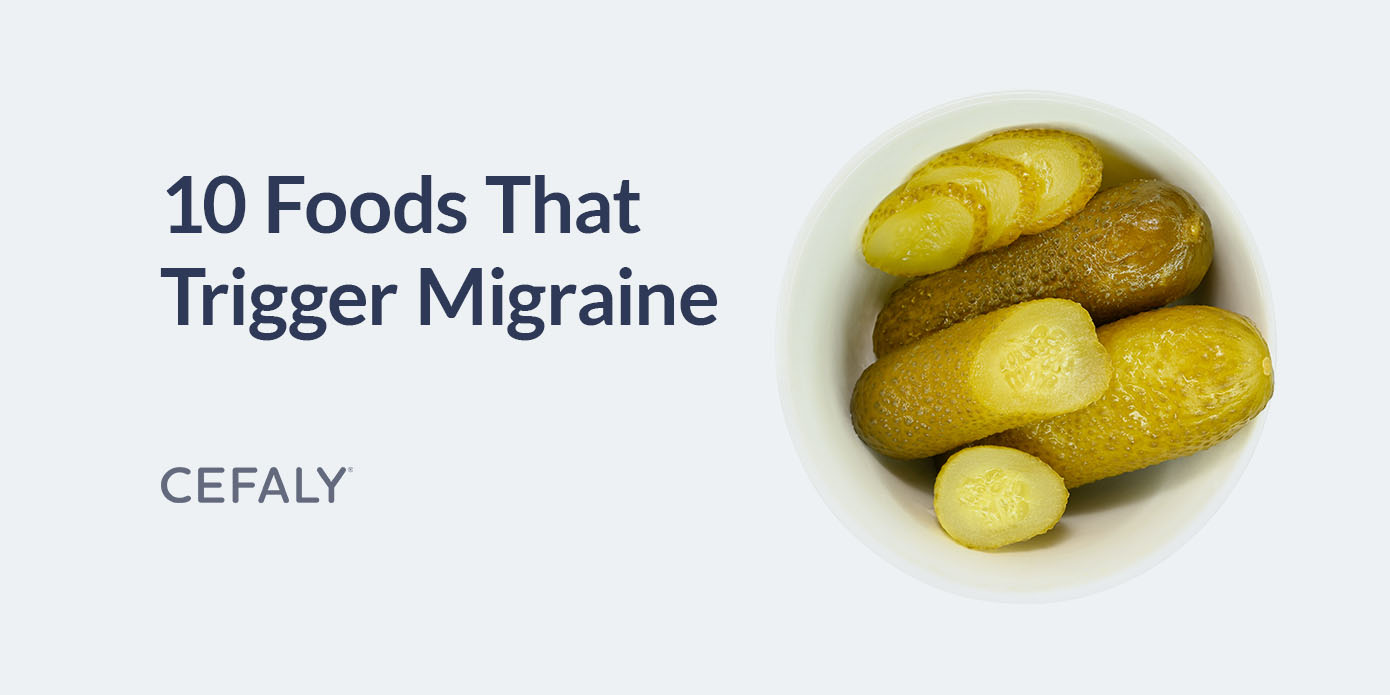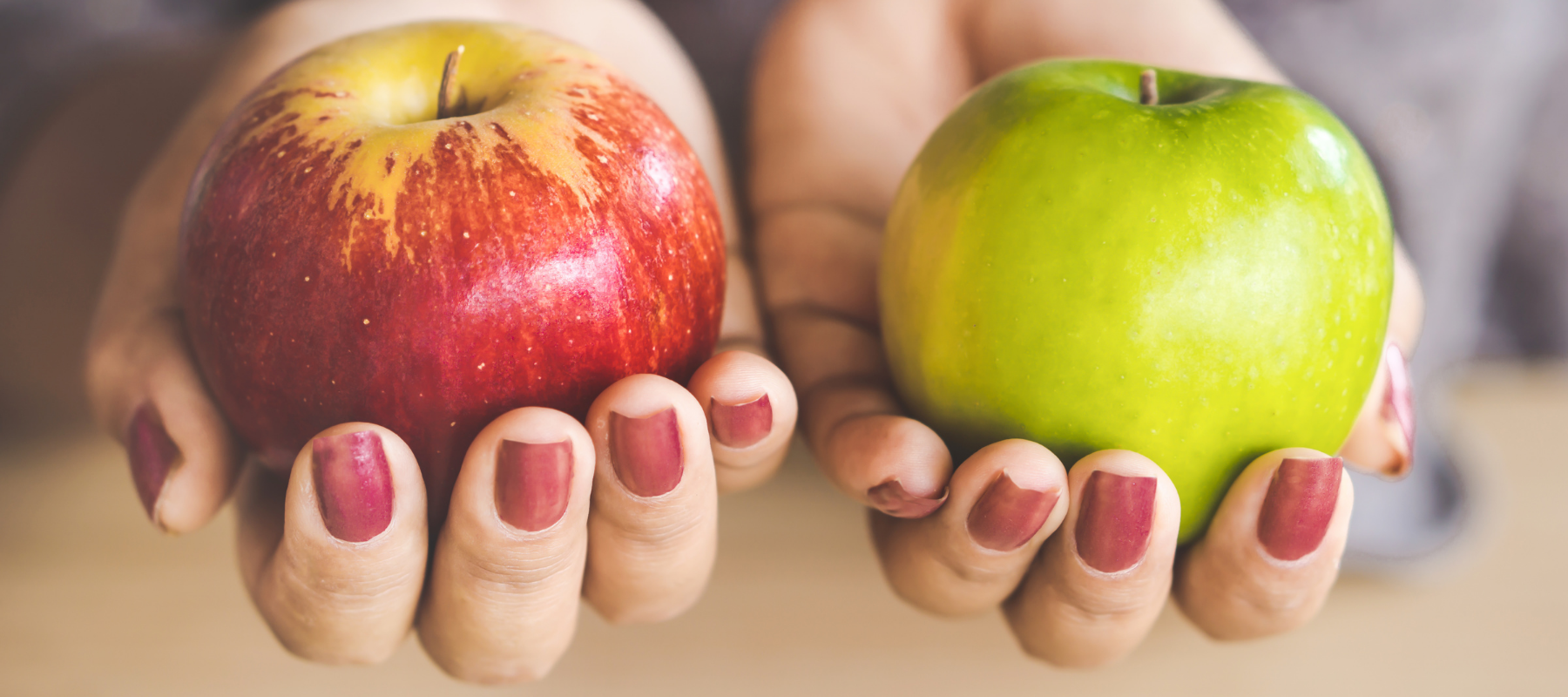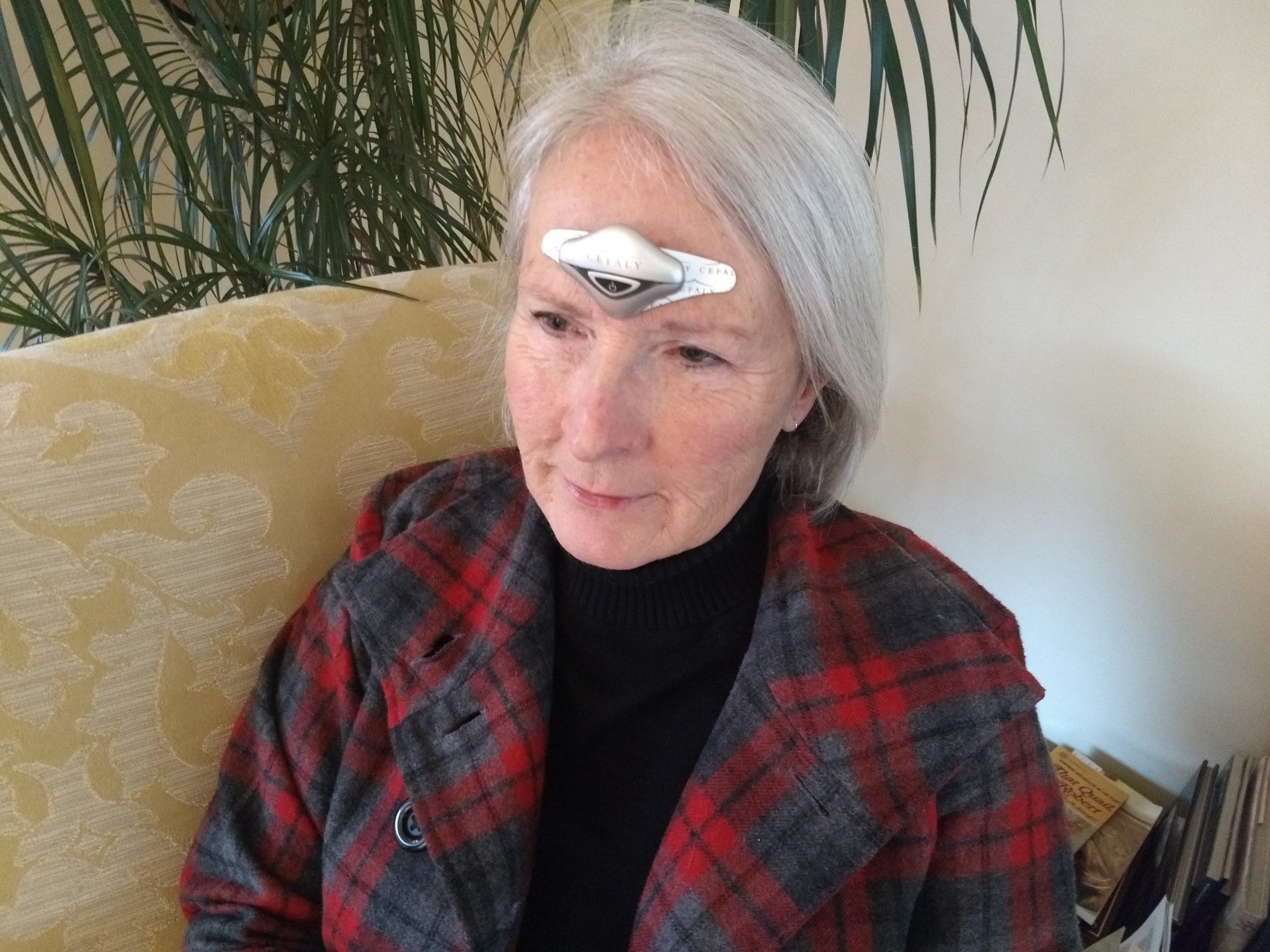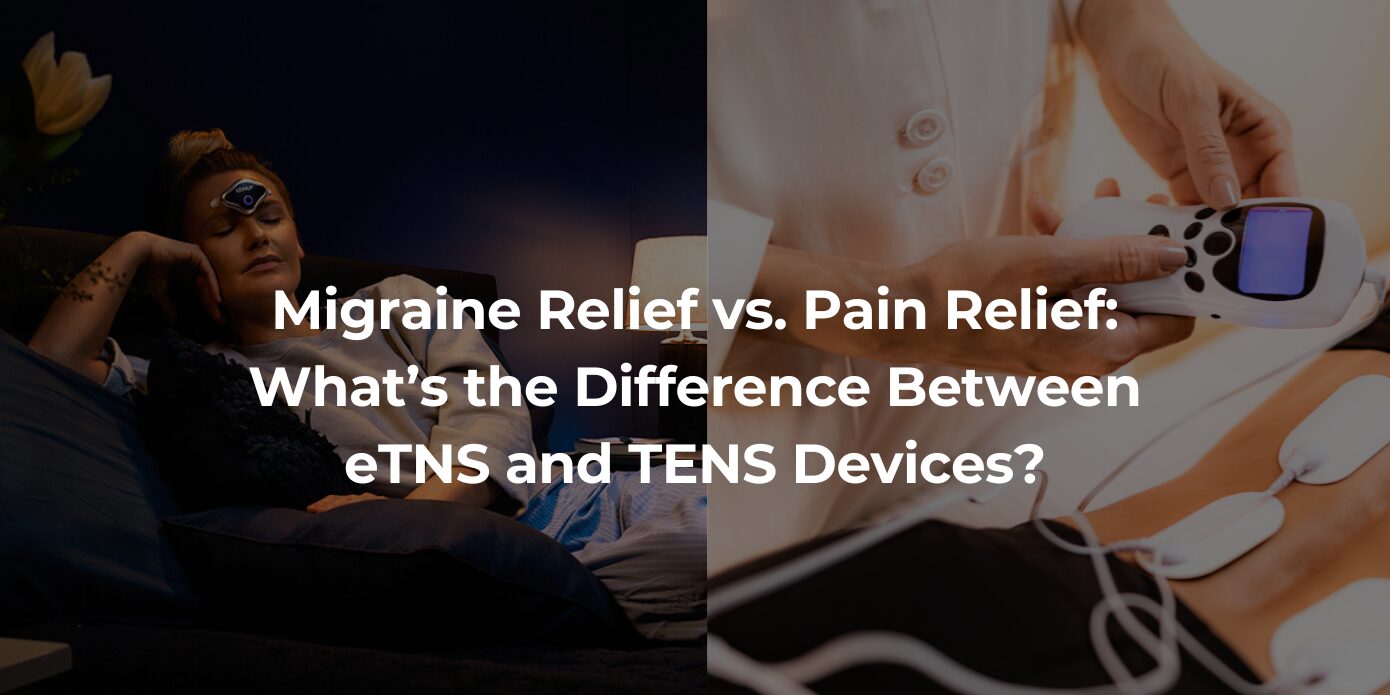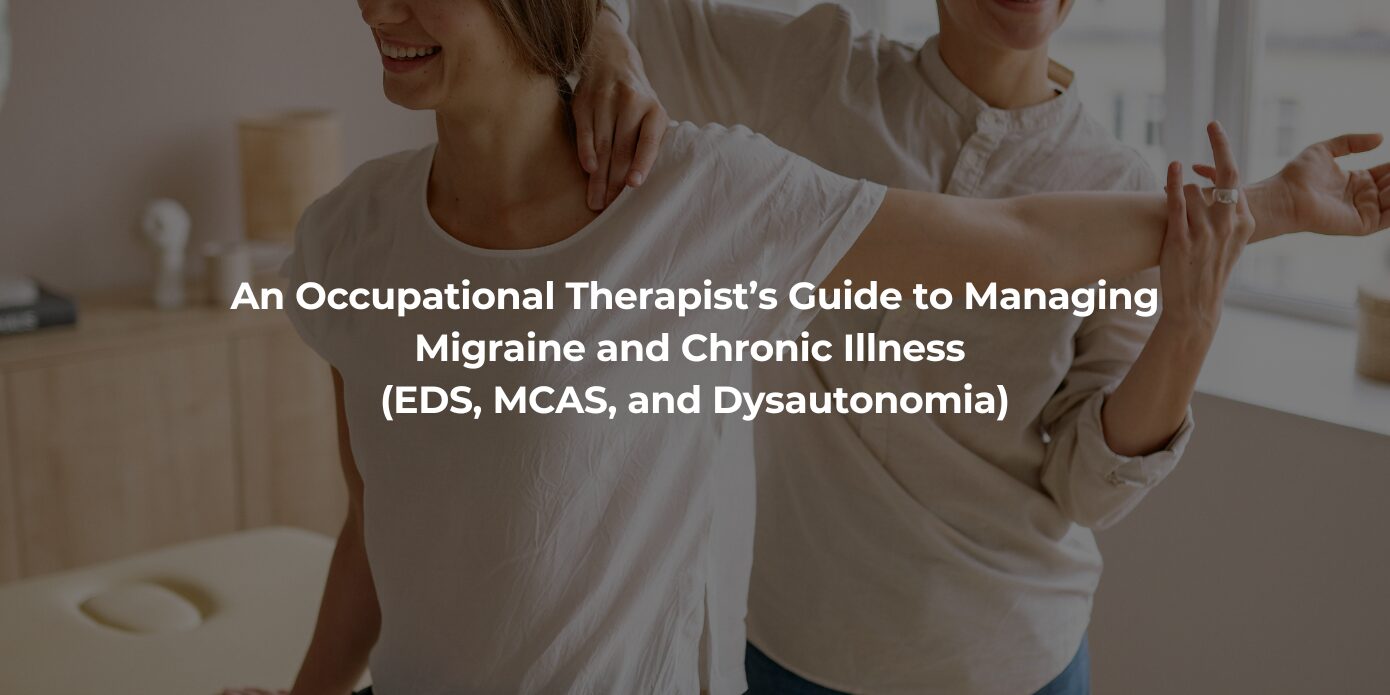Migraine triggers are stimuli that can spark a migraine attack. Some people have seasonal, hormonal or environmental triggers. In other people, specific foods or ingredients can contribute to migraine episodes. A single trigger won’t necessarily set off an attack. Sometimes it takes a combination, such as a bad night’s sleep + a coworker’s strong perfume + a problematic food.
Understanding migraine trigger foods can help you decide if there is anything you need to cut out of your diet to help with migraine prevention.
10 foods that trigger migraine
Migraine attack triggers vary from person to person, so a general list is just a starting point. Start with identifying foods that cause migraine — through a process of elimination, you can find your triggers and cut back on your intake. Ultimately, this can help you manage and reduce the frequency of migraine attacks.
Generally, a list of migraine foods you want to avoid include:
- Citrus fruits: You might need to avoid oranges, limes, grapefruits, fried fruit and lemons.
- Acidic foods: Acidic triggers include tomatoes and vinegar.
- Gluten: If you are gluten-intolerant, avoid baked goods containing yeast, cereals, barley and rye, which can trigger a migraine.
- Nuts: Nuts like peanuts, walnuts, cashews and almonds can be a trigger.
- Vegetables: Avoid vegetables like pea pods, beans, corn, onions and soy products.
Here are some more specific snacks and beverages to limit to avoid triggering a migraine:
1. Alcohol
Alcohol is a common migraine trigger for many. In one study, over 77% of participants who said alcohol causes their migraine attacks named red wine as the most triggering.
2. Caffeine
Caffeine is a two-edged sword when it comes to migraine. Both withdrawal and drinking too much caffeine can be triggers. Try to find your sweet spot, though, because the right amount can actually help manage migraine. Experts advise keeping your caffeine intake moderate and regular. For instance, have your daily cup of coffee at the same time each day.
Get Drug-Free Migraine Relief With CEFALY
Shop Now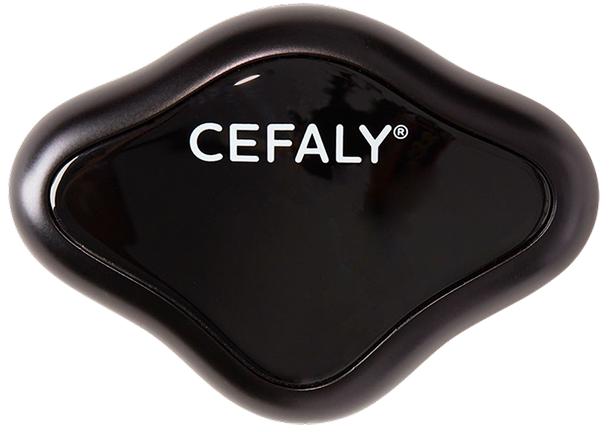
90-day money back guarantee
FDA-cleared
financing available
3. Chocolate
While chocolate is a favorite treat for many, you might consider eating it less often if you experience migraine attacks. Some of chocolate’s main ingredients, caffeine and 2-phenylethylamine, can stimulate your central nervous system and trigger a migraine. Chocolate leads to migraine attacks for up to 22% of people who suffer from them.

4. Cured meats
Meats like bacon, deli meats, hot dogs and sausages often preserve color and flavor with nitrate or nitrite preservatives. When they release nitric oxide, or if you are sensitive to histamine from sodium nitrate, it can widen blood vessels and trigger migraine.
5. Aged cheeses
Aged cheese contains tyramine, which comes from the amino acid tyrosine that is also in beer and red wine. It forms when proteins break down in foods and increases as the cheese ages. You will find this ingredient in certain cheeses, such as:
- Blue cheese
- Feta
- Parmesan
- Cheddar cheese
Try CEFALY to Prevent & Relieve Migraine Pain
6. Foods with monosodium glutamate (MSG)
MSG enhances the flavor of food and candy, but can be a migraine trigger for some individuals. MSG is found naturally in tomatoes and cheese, which makes these foods frequent triggers for migraines. If you are sensitive to this ingredient, it is best to steer clear of foods with MSG.
7. Frozen foods
Eating cold food quickly can spark a brain freeze, which can trigger a migraine. It’s more likely to happen when you are overheated or eat ice cream, slushies and frozen food after exercising.
8. Fermented foods
Pickled and fermented food also contains high amounts of tyramine, which can trigger a migraine. Some favorites to avoid are:
- Pickles.
- Kombucha, which can contain alcohol.
- Pickled okra.
- Kimchi.
- Pickled jalapeños.
9. Salty foods
Excessive salt intake, especially from processed foods, can lead to dehydration and increased blood pressure, both of which are a migraine trigger. Limit your sodium intake to 2,300 milligrams a day by cooking from scratch and avoiding those processed foods.
10. Artificial sweeteners
Sugar alternatives like aspartame and sucralose trigger migraine for some people, as they can alter brain chemicals, nerve signals and blood flow. They can break down into chemicals like methanol, which can negatively impact the body in high amounts. You will find aspartame in:
- Sugar-free products.
- Jell-O.
- Gum.
- Diet sodas.
Tips for avoiding migraine trigger foods and managing attacks
Many items in the grocery store can impact your migraine disorder, so it may help to note and limit triggering ingredients. Several foods that trigger migraine contain tyramine or have potential effects like dehydration. From following an elimination diet to tracking triggers, you can take steps to avoid migraine food triggers and reduce these attacks:
- Identify triggers: Use a migraine diary and record your attacks. Write down what you were doing when symptoms started, food or drinks you had and other factors, like if you were ill or slept a lot the night before.
- Use the process of elimination: Start avoiding foods you suspect are triggers and slowly reintroduce them to see what happens. You can also try temporarily following an anti-inflammatory diet to increase your antioxidant intake.
- Try drug-free solutions: CEFALY stimulates the trigeminal nerve. For many people, this offers migraine relief and helps lower the intensity of their migraine attacks.
- Take supplements: Magnesium, coenzyme Q10 and vitamin B2 (riboflavin) can help manage migraine episodes.
- Eat regular meals: Skipping meals lowers blood glucose levels, increasing the risk of developing headaches that can turn into a migraine. Eating regularly also helps you maintain your energy levels.
Find relief from migraine attacks with CEFALY
Some migraine food triggers attacks immediately, while others can take up to 24 hours. If you avoid triggering foods, give it a month to monitor your symptoms. While identifying and avoiding triggers can help reduce the frequency and severity of migraine attacks, remember that it’s different for everyone. Find out what your body needs and complement your efforts with eTNS migraine therapy.
CEFALY is a wearable FDA-cleared migraine treatment device that, with daily use, can provide relief from your acute migraine attacks. It can also reduce the number of migraine days with consistent use of the PREVENT treatment mode. The device is easy to use, featuring one treatment activation button. It is safe with minimal and reversible side effects.
Take charge of your health and try CEFALY today! It offers a three-year limited warranty, a 90-day return guarantee and a free migraine management app that gives you insights into triggers and patterns.

